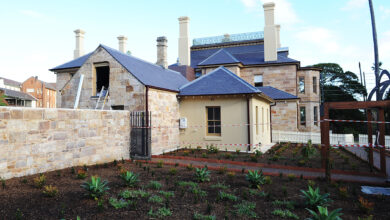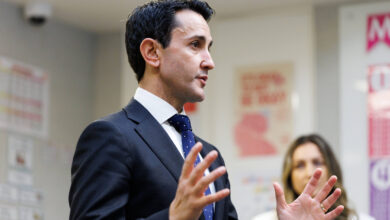School ManagementTop Stories
Deputy and assistant principals to return to teaching

More than 4000 NSW teachers who left the classroom to take administrative roles such as assistant and deputy principal will have to return to the classroom.
Please login below to view content or subscribe now.




